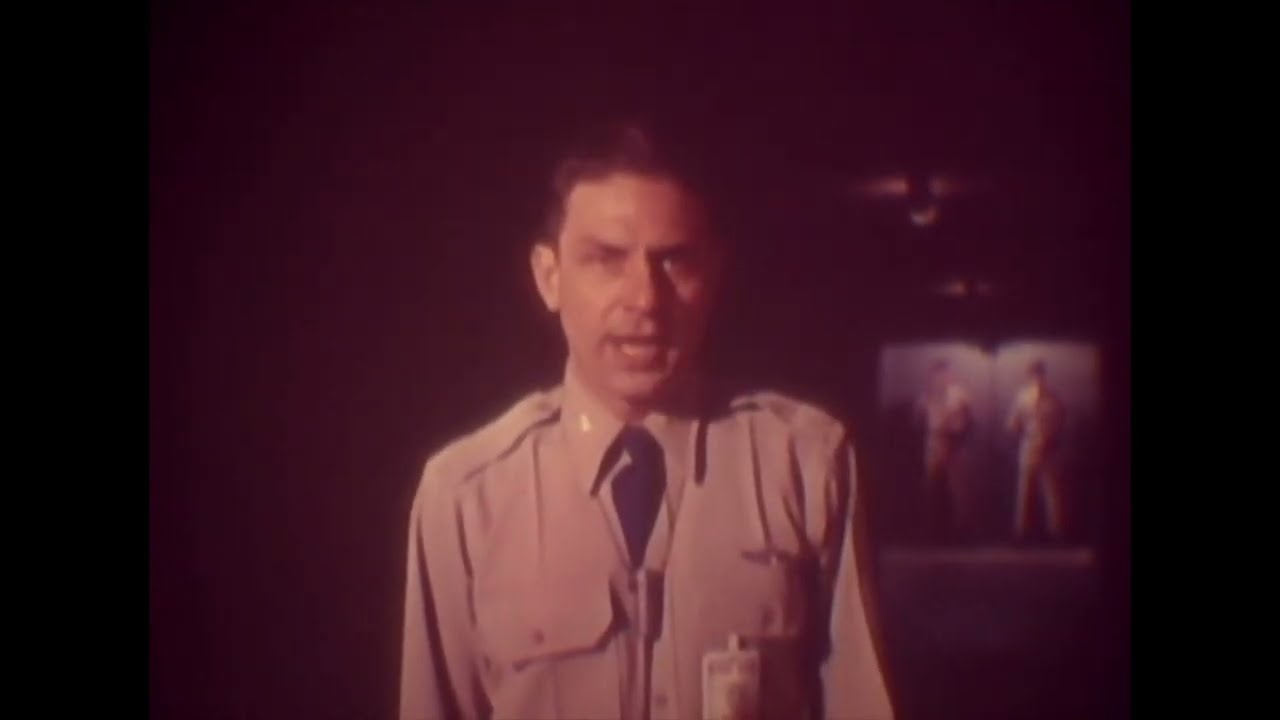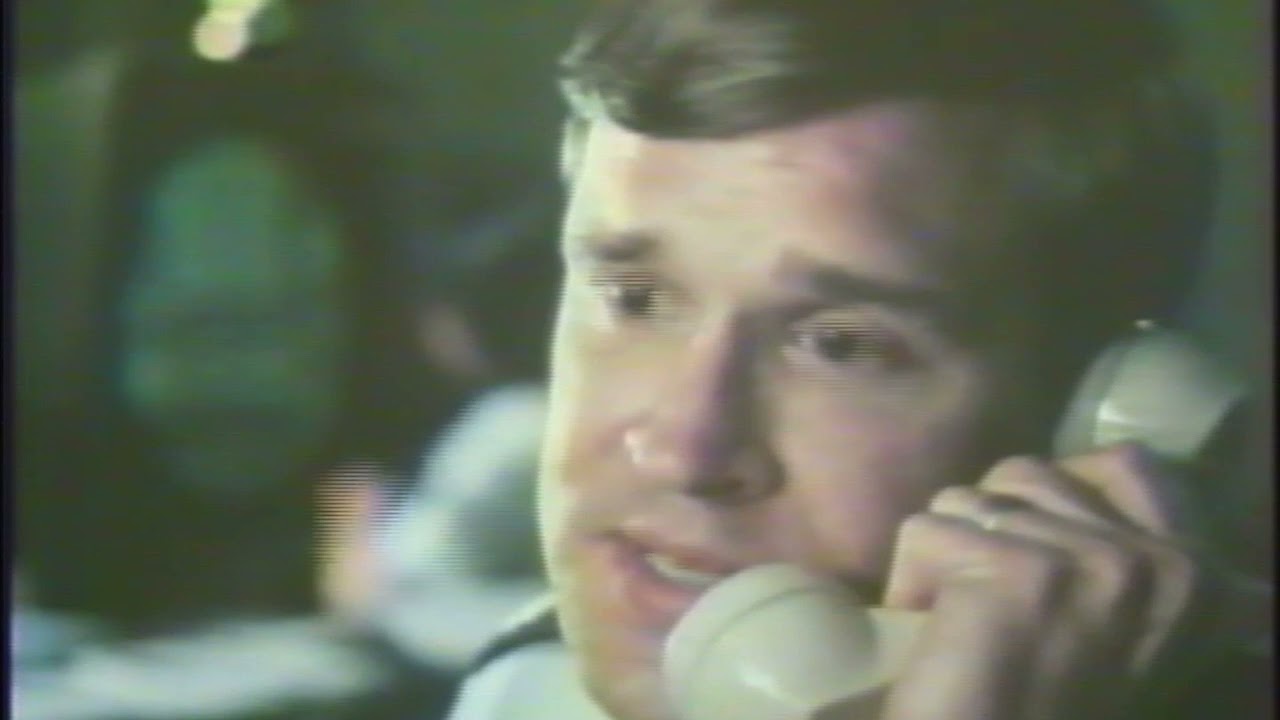This U.S. Air Force training film (TF 1-5363) from 1960 describes the effects of nuclear detonations on bombers delivering weapons in a wartime scenario: both weapons dropped by the bomber and those delivered by other bombers in the vicinity. Nuclear weapons testing to determine these effects is shown. At the end, a simulated wartime mission including avoidance of weapons effects is presented.
The flip side of this, the actions at the command post, is shown by this 1958 film “Power of Decision”. This appears to be one of the very few close looks (only?) SAC ever gave as to how it was projected a nuc war would be fought.
(One detail in the film, it appears fighting a nuc war involves a lot of cigarettes.)
Air Force Special Film Project 416, “Power of Decision” by U.S. Air Force. Air Photographic and Charting Service
Coverage of simulated war plan action, in the event of an attack, which was executed at the Operation Control Room, Offutt AFB, Nebraska, and at the underground control room (location SECRET), by Strategic Air Command. Footage includes pilots and ground crewmen scrambling; pilots boarding aircraft; B-47’s, B-52’s, and B-58’s taxiing, taking off, maneuvering, and landing; and a KC-135 refueling a B-52. Also included are scenes of the launching of the Bull Goose, Rascal, Snark, and Thor missiles.
I had forgotten that there is one other, but it almost doesn’t count because what it really is a film to convince Congress that the nuclear forces needed updating: First Strike (1979). You’ll probably recognize parts of the film because it many clips were used as stock footage by later nuclear war films. While it went too far in building up Soviet capability past reality, to be fair, the forces really did need updating at that point.
As one who remembers the regular “duck and cover” school exercises of the 1950’s & '60’s, in retrospect, I believed an attack would not happen. As a higher-trust society, I think most of us believed the government was benign and competent. We are now a low-trust society and I no longer believe either. The continuous propaganda as to both attributes has become laughable (I also remember Pravda and Izvestia back in the “duck and cover” era). In other words, now all things are possible.
As a higher-trust society, I think most of us believed the government was benign and competent.
And arguably they were, at least more than now, the US was still coasting on the pre-Wilson national structures.
Once ICBMs and SLBMs got big enough (Megaton range), accurate enough (CEP down to around 500m at 10,000km), and numerous enough, that made it truly scary. Prior to that (up until around 1960 or so) it wasn’t truly unimaginable to fight (and possibly “win”) an atomic war. You had to fly the bomb there or use short range missiles, making it possible to intercept. It would take days to do enough sorties to positively crush the opposition, etc. No one on either side really wanted to, of course, even the most expansionist of Marxist-Leninists…buuuuut if the conditions were right…it could have happened.
Oddly, if the US had decided to flatten the Soviets around 1950, they could have done so with almost no retaliation. The Soviets only had 5 early bombs (approx. 20 kt) that year, but by 1955 they had built up to 200 of a slightly better design (50kt in a smaller package). After this they have boosted fission (100s of kt range) and two-stage fusion bomb (Mt range) designs, though the delivery systems were substantially smoke and mirrors.
This would be (part of?) the target list the crews in the above videos were “servicing”.
The National Security Archives recently (2018) published a declassified list of U.S. nuclear targets from 1956, which spanned 1,100 locations across Eastern Europe, Russia, China, and North Korea. The map below shows all 1,100 nuclear targets from that list, and we’ve partnered with NukeMap to demonstrate how catastrophic a nuclear exchange between the United States and Russia could be.
edits: add year, rewrite sentence


